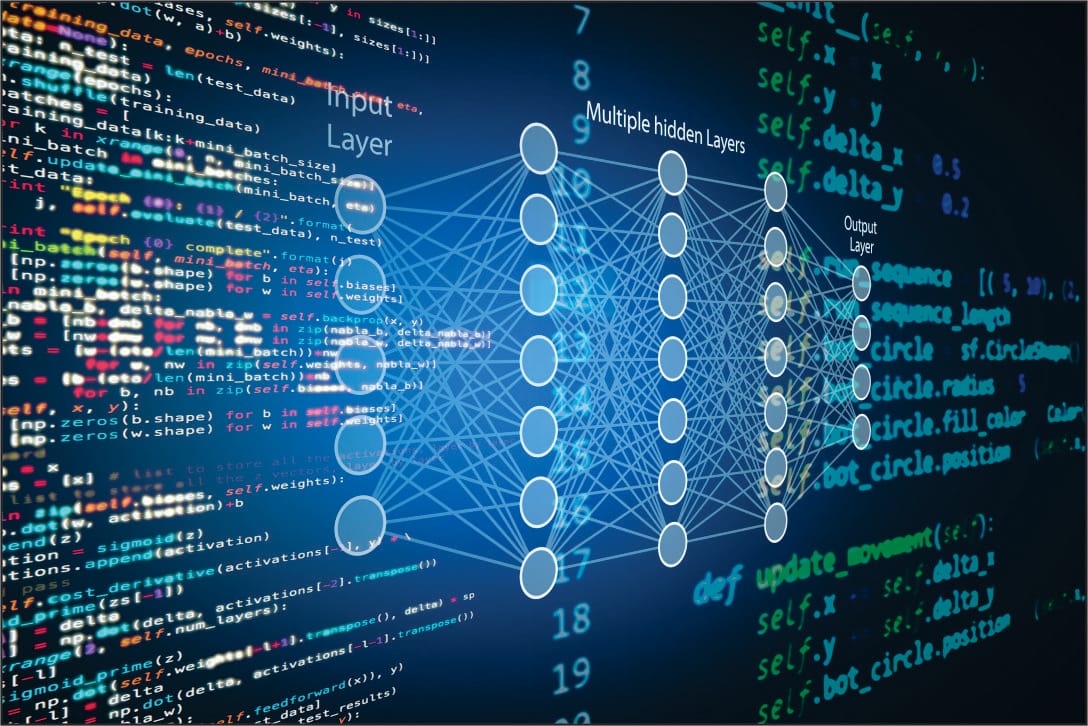When you are working with different models, keep in mind that every algorithm is comprised of distinct learning patterns. It is a type of intuitive learning that helps the model learn various patterns in the provided dataset, called training the model.
Furthermore, that specific model will then get tested on the testing dataset, the model has not been aware of. In order to get the best performance level, the model can generate exact outputs on both testing and training datasets.
Also, you have heard about the validation set. This technique is used to divide your dataset into two: the training dataset and the testing dataset. But, this set method has several drawbacks according to experienced data science professionals.
The model will have learned every pattern in the training dataset, however, it may have overlooked related information in the testing dataset. Another disadvantage is that the training dataset may find many errors in the data, which the model will definitely learn. This becomes an aspect of the model’s knowledge base and then will be implemented while testing in the second phase.
So, what is the right way to get make this right? Apply the resampling technique.
In this blog, we will know the definition of the resampling technique and learn about its key techniques that would surely help you in your data science career.
Resampling : Definition
Are a collection of methods to either repeat sampling from a provided sample, or a way to evaluate the statistic’s precision. Even though, the technique sounds scary as the math involved is quite easy and just needs a basic understanding of algebra.
For instance, if you want linear regression fits and need to examine the variability. You will continuously utilize various samples from the training data as well as fit a linear regression to every one of the samples. This will enable you to study how the results differ on the basis of the distinct samples and get new information.
This is one of the important data science skills that comes with crucial benefit such that you can continuously design small samples from a similar population till your model reach its best performance. This will be a less time-consuming and money-saving opportunity by being able to search for new data.
Key Resampling Techniques
There are varieties of resampling techniques that are used for resampling. Learn about all them below:
1. Bootstrapping and Normal Resampling
Bootstrapping is a form of resampling where vast numbers of smaller and same samples are continuously drawn, after getting replaced from a single original sample. Whereas normal resampling is quite the same as bootstrapping as it is a unique case of the normal shift model. You will learn about them in-depth in the data science certification course.
Both normal and bootstrapping assume that smaller samples are taken from an actual population. One more thing that is similar in both techniques is that they use sampling with replacement.
Preferably, you would need to extract non-repeated samples from a population that would be helpful in doing a sampling distribution for a statistic. But, limited resources may stop you from achieving the right statistic.
Resampling implies that you can get small samples repeatedly from a similar population. And saving money and time, the samples can be really good approximations for population constraints.
2. Permutation Resampling
Permutation is a type of resampling that doesn’t require any “population”; resampling is based only on the unit’s assignment to treatment groups. Only using data science tools is not enough. The reality that you’re handling actual samples, rather than populations, is the only reason why it’s sometimes called a Gold standard bootstrapping technique.
One more crucial difference is that this type of resampling is a “without” replacement sampling technique.
3. Jackknife
Jackknifing is a type of resampling technique that allows individuals to find biases or variances within samples. One can use this to eliminate one observation from a group to develop a subsample. Within the samples, you might eliminate one observation every time and collect the results to know if there’s bias.
For instance, if you own 10 observations, you can eliminate one and witness the results. Then eliminate two and continue through 10 to find there are some outliers in the sampling.
4. Cross-Validation
As per the study by data science professionals, when you continuously part the dataset arbitrarily, it can result in a sample ending up on test or training sets. Unfortunately, this can result in an unbalanced influence on your model from creating exact predictions.
In order to overcome this, you can utilize K-Fold Cross Validation to divide the data successfully. In this process, the data is split into k equal sets. Whereas one set is considered as the test set and the remaining sets are utilized in training the model. The process will continue till every set has worked as the test set and every set has gone through the training phase.
In Conclusion
In this blog, you have comprehended what resampling is and what is the process to sample a dataset in 4 distinct ways: bootstrap, permutation resampling, jackknife, and cross-validation.
The key objective for every one of these techniques is to allow the model to capture more information faster in an effective way. The only way to make sure that the model has effectively learned is to properly train the model in various data points in the dataset.






























